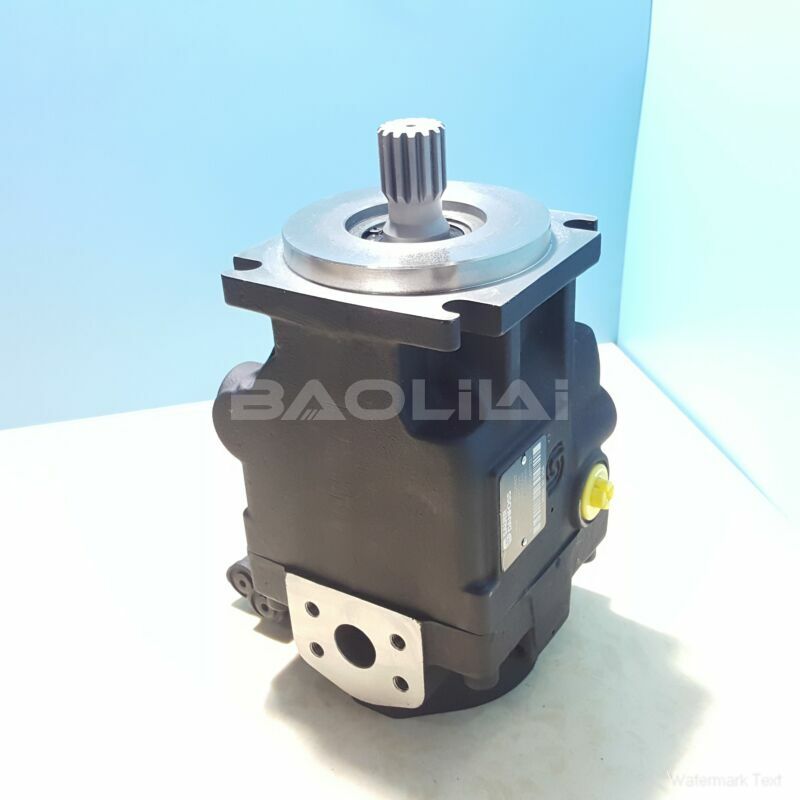JRLS51BLS2520NNN3S1REA2NNNNJJJNNN piston pump
JRLS51BLS2520NNN3S1REA2NNNNJJJNNN piston pump

- Product Details
- Applicable Scene
Piston pumps, on the other hand, are distinguished by their ability to generate high pressures and flow rates. They work by using pistons that reciprocate within a cylinder, making them ideal for applications that require precise control and high hydraulic power, such as in flight control actuators or other critical systems.
JR-L-S51B-LS-25-20-NN-N-3-S1RE-A2N-NNN-JJJ-NNN
JRLS51BLS2520NNN3S1REA2NNNNJJJNNN
One of the critical aspects of hydraulic pumps in aerospace is their contribution to system reliability and safety. The hydraulic system must operate under varying environmental conditions, including temperature extremes, vibrations, and pressure fluctuations. Therefore, hydraulic pumps must be designed with durability and efficiency in mind to ensure optimal performance and prevent failures.

83028463
Current advancements in technology have led to the development of more efficient and lightweight hydraulic pumps, aligning with the aerospace industry’s focus on weight reduction and fuel efficiency. Modern hydraulic pumps are often constructed with advanced materials and incorporate smart technology for real-time monitoring and diagnostics. This not only enhances system performance but also aids in predictive maintenance, reducing the risk of unexpected failures.
Furthermore, the role of hydraulic pumps in ensuring redundancy in critical flight systems cannot be overstated. Many aircraft are designed with multiple independent hydraulic systems that rely on separate pumps. This redundancy ensures that, in the event of a failure in one system, backup systems are available to maintain control and safety during flight.
In conclusion, hydraulic pumps are a fundamental component of fluid circulation systems in aerospace engineering. Their ability to provide reliable and efficient fluid power is crucial for the operation of various aircraft systems. With ongoing advancements in pump technology, the future promises even greater efficiencies and capabilities, enhancing the safety and performance of aerospace applications. As the industry continues to evolve, the importance of hydraulic pumps will remain a cornerstone of fluid power management in aerospace engineering.





